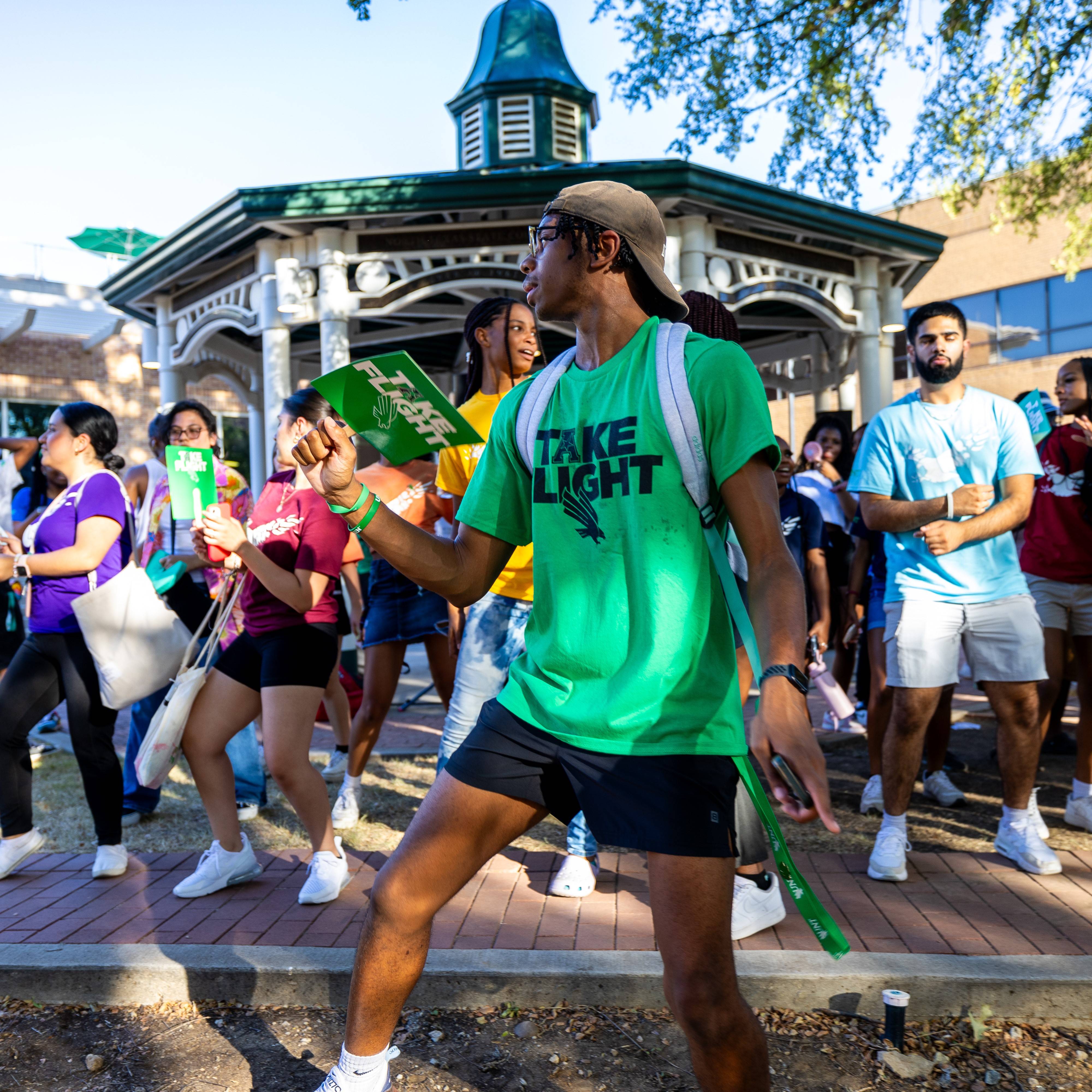TRIO Programs began in 1964 as part of Lyndon B. Johnson's War on Poverty. He believed that education
was the way out of poverty and should be open to everyone in spite of one's circumstances.
Not only did he initiate these programs, which give first-generation students a more
level playing field for higher education, he also created the financial aid system,
which expands access to education and improves opportunities for lower-income students.
TRIO Programs fall under the Department of Education's Higher Education Act of 1965,
and President Johnson signed this historic document at Texas State University, his
alma mater. His speech included these inspiring words: “And tell them that the truth
is here for them to seek. And tell them that we have opened the road and we have pulled
the gates down and the way is open, and we expect them to travel it."
TRIO Talent Search began in the Hurst-Euless-Bedford School district in September of 2006 and serves three high school and five junior high campuses.
Objectives
Secondary School Persistence:
99% of non-senior participants served during each project year will complete the current academic year and continue in school for the next academic year, at the next grade level.
Secondary School Graduation (Regular Secondary School Diploma):
95% of seniors served during the project year will graduate during the project year with a regular secondary school diploma within the standard number of years.
6% of seniors served during the project year will complete a rigorous secondary school program of study and will graduate during the project year with a regular secondary school diploma within the standard number of years.
Postsecondary Education Enrollment:
60% of participants, who have graduated with a regular secondary school diploma, during the project year, will enroll in an institution of higher education by the fall term immediately following high school graduation.
Postsecondary Degree Attainment:
37% of participants served during the project year, who enrolled in an institution of higher education, by the fall term immediately following high school graduation will complete a program of postsecondary education within six years.
